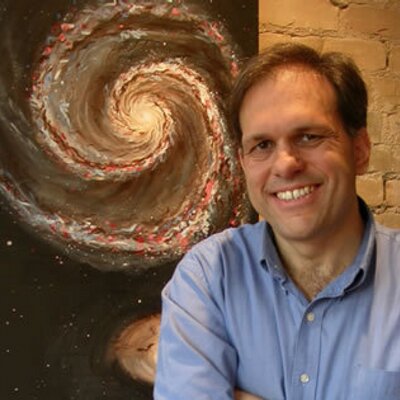CIFAR Quantum Materials Summer School 2016
April 25 - 27, Toronto, ON
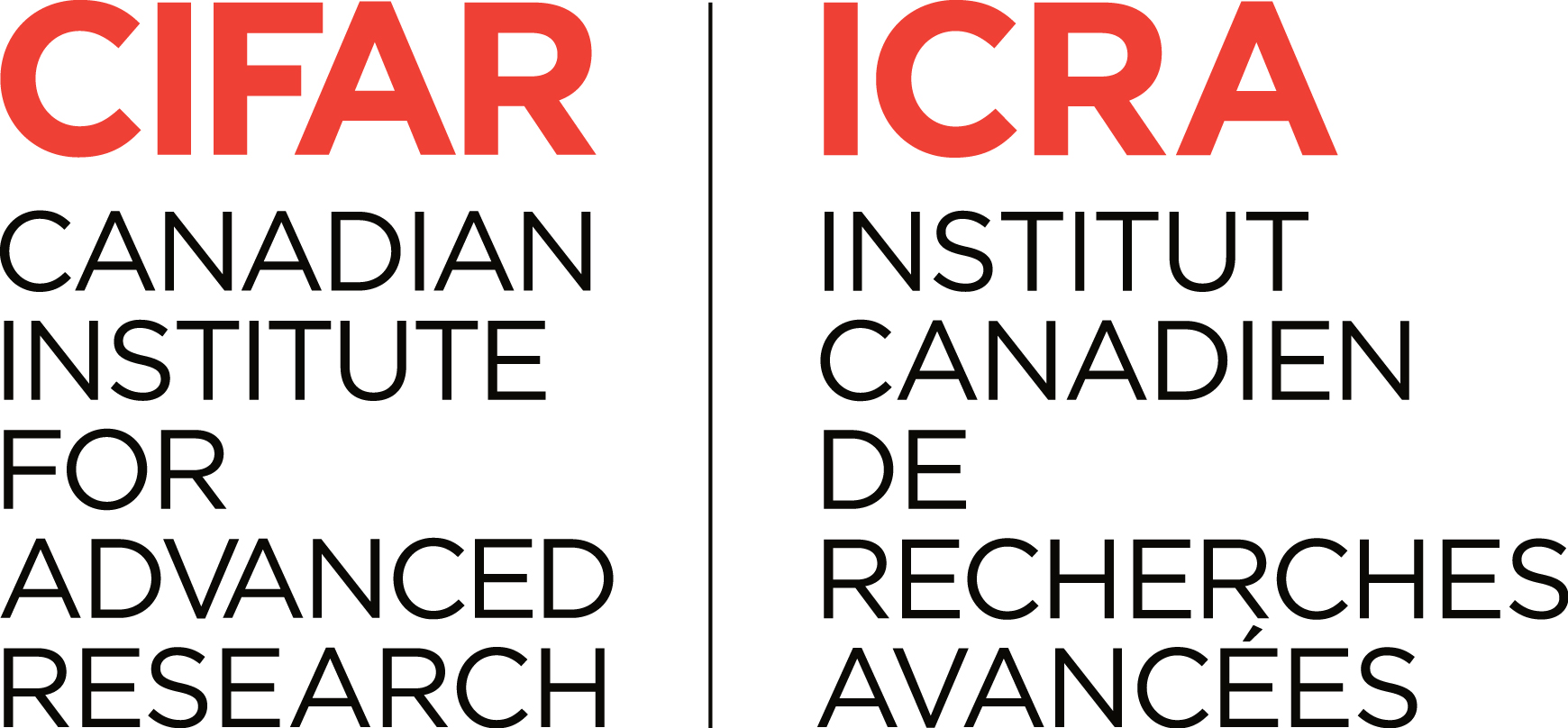

Marriott Bloor Yorkville Hotel
See below for a list of speakers at this years summer school along with the topics on which they will be speaking.
Leon Balents
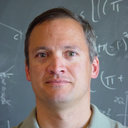
Quantum spin liquids
Slides available here
I'll review the theory and experimental study of quantum spin liquids. What is interesting about them, what are their essential properties and how can they be modeled and measured? What is the current status and what are the open issues?
Bruce Gaulin
Time-of-flight neutron scattering from quantum materials
Slides available here
Recent developments in neutron scattering have allowed very comprehensive data sets to be acquired for new materials. I'll describe what has driven these developments and give a couple of examples of how these can be exploited for quantum and frustrated magnets, as well as for novel superconductors.
Zahid Hasan
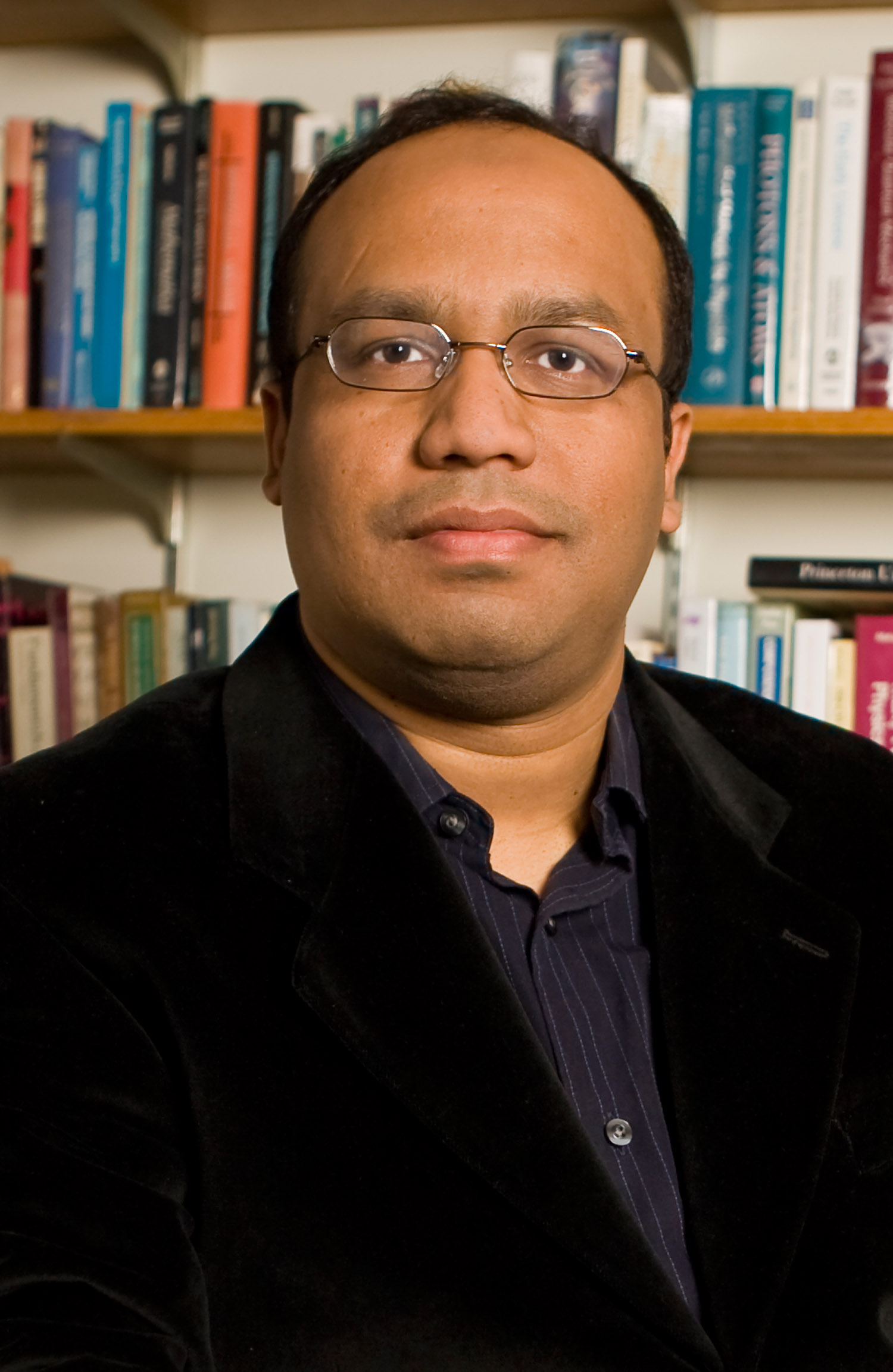
1. Dirac fermions, Topological Insulators & Superconductors
2. Weyl fermions, Fermi arcs & Topological Nodal Metals
Slides available here
David Hawthorn

Charge density wave order and nematicity in cuprate superconductors
Slides available here
In the cuprate superconductors, it is now known that charge density wave order co-exists and competes with superconductivity. In this lecture, I will review aspects of charge density wave order in the cuprates, with a focus on resonant soft x-ray scattering investigations. In addition, I will discuss recent evidence for electronic nematicity also being generic to the cuprates.
Robert Hill

Experimental Techniques and Measurement Methods at Low Temperatures
Fundamental experimental research in strongly correlated electronic and magnetic systems typically requires making measurements at low temperatures. I will review the techniques needed to achieve low temperatures and the thermometry required to measure them. I will also discuss details of various experimental methods for measuring thermodynamic and transport properties.
Takashi Imai
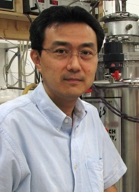
How do we use NMR as a local probe of condensed matter?
Slides available here
NMR is a versatile low energy probe to investigate structural, electronic, magnetic, and superconducting properties of solids. I will explain some of the standard NMR techniques.
Stephen Julian

Quantum Oscillations in Strongly Correlated Metals
Slides available here
The de Haas-van Alphen effect and related quantum oscillation measurements are powerful tools for studying the behaviour of electron quasiparticles in conducting strongly correlated electron systems. Using them, one can: measure the size and shape of Fermi surfaces; determine quasiparticle effective masses on a Fermi-surface-specific basis; determine mean-free paths on a Fermi-surface-specific basis; and obtain information about quasiparticle g-factors. I will present an outline of the theory of quantum oscillations, and then briefly review experimental methods, focusing on aspects that are of particular relevance to strongly correlated electron systems. I will finish with a few examples of their use in strongly correlated systems.
Hae-Young Kee

Topological crystalline semimetal with strong spin-orbit coupling
Numerous efforts have been devoted to revealing exotic semimetallic phases with topologically non-trivial bulk and/or surface states in materials with strong spin-orbit coupling. I will discuss a particular class of topological semimetals named topological crystalline semimetals and its experimental implications in relation to Iridium oxides.
Sung-Sik Lee

Lecture 1: Low energy effective theories for metals
Slides available here
In this talk, low energy effective theories for metals will be introduced. Landau Fermi liquid theory and field theories for non-Fermi liquids will be discussed.
Lecture 2: Quantum renormalization group
Slides available here
After the conventional Wilsonian renormalization group (RG) is reviewed, we will introduce quantum RG which can be useful in solving certain strongly coupled many-body systems in large N limit. We will briefly explain the connection between quantum RG and holography.
Emilia Morosan
Cooking with metals and more - design and growth of novel materials
Arun Paramekanti
Spins, Orbitals, and Spin-Orbit Coupling
Slides available here
I will cover basics of the physics of orbitals and spin-orbit coupling in the context of recent research on 5d oxides including iridates. I will also discuss Dzyaloshinskii-Moriya interactions induced by spin-orbit coupling, and orbital analogues of Rashba and Dzyaloshinskii-Moriya interactions in the context of surface and interface electron gases.
André-Marie Tremblay

Introduction to superconductivity and pseudogap in the cuprates, with a few words on the pnictides
Slides available here
In this lecture, I will describe what is called the pseudogap in the cuprates and summarize the main classes of theories for this phenomenon. I will also point out why this is important for superconductivity. I will try to focus on the topics that will be discussed by the speakers at the meeting and mention a few words about the work of my group on these subjects. I will also say a few words about the pnictides.
Ivan Semeniuk
